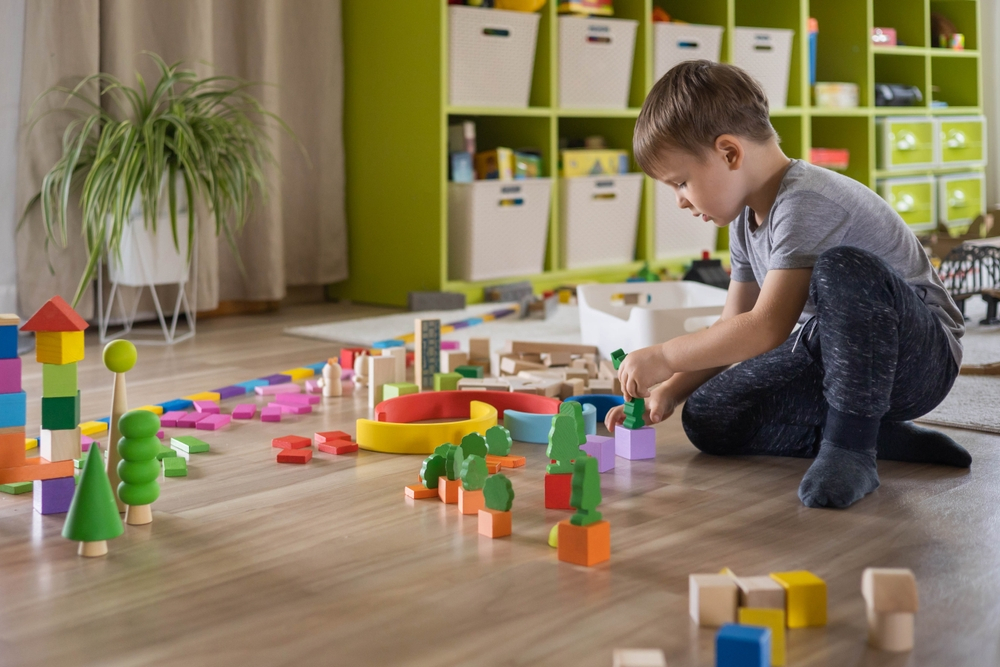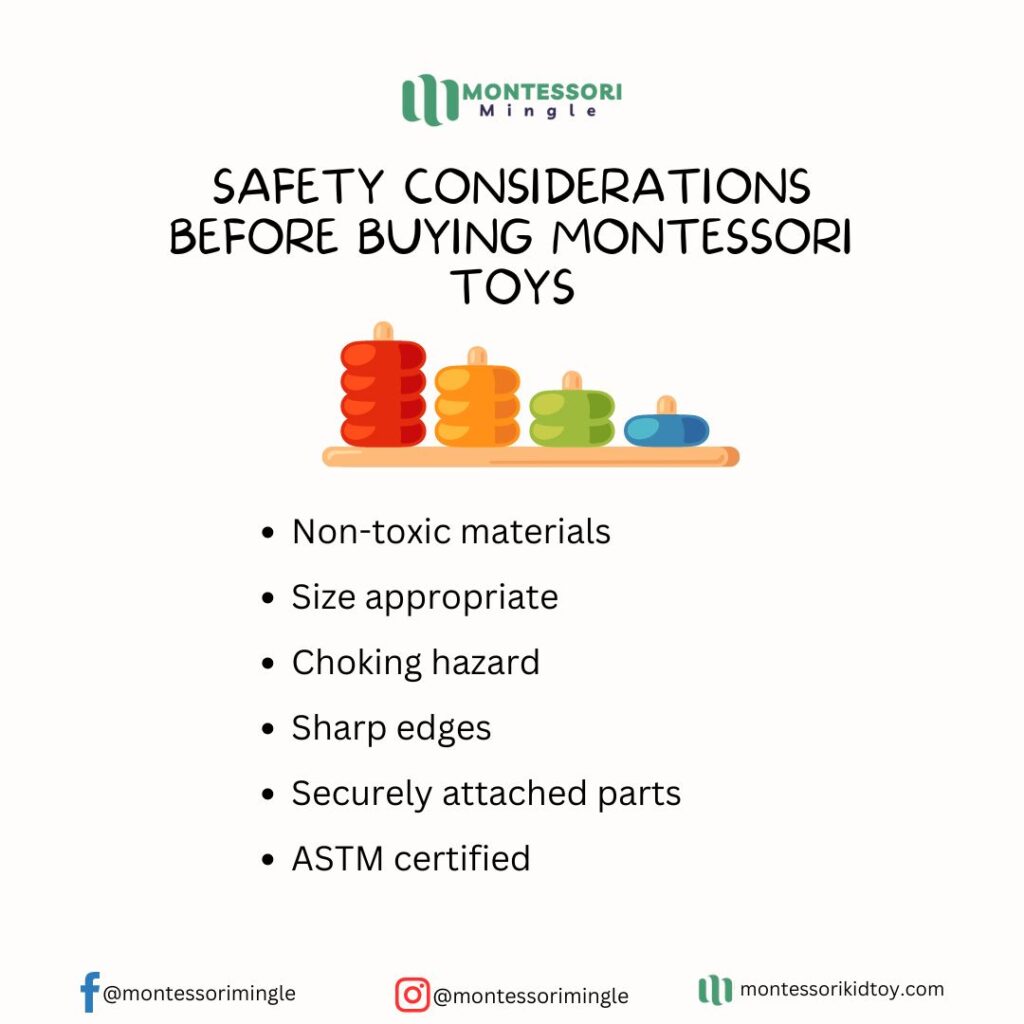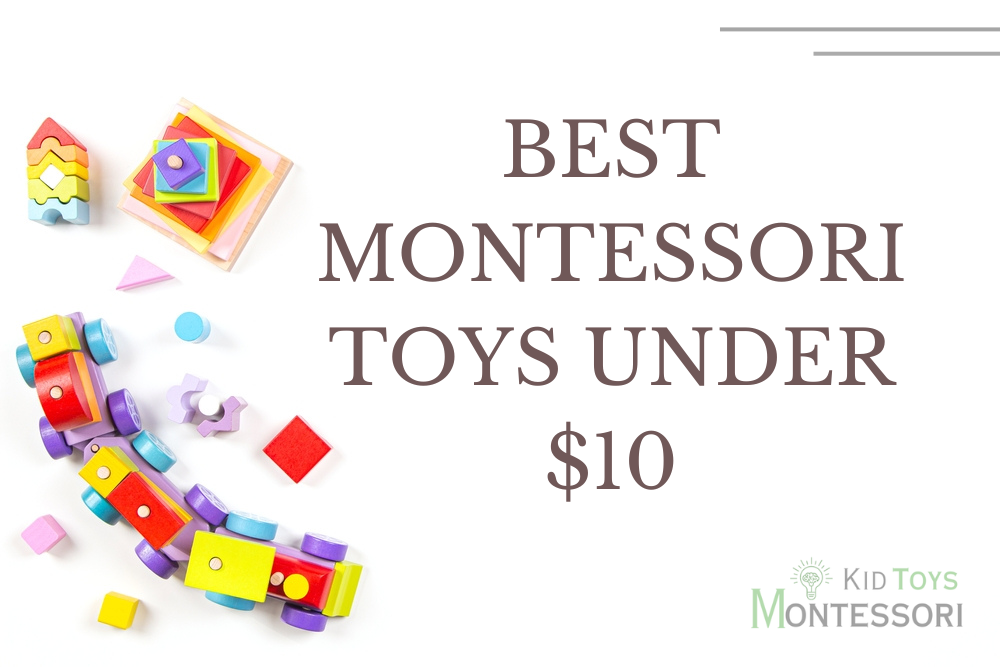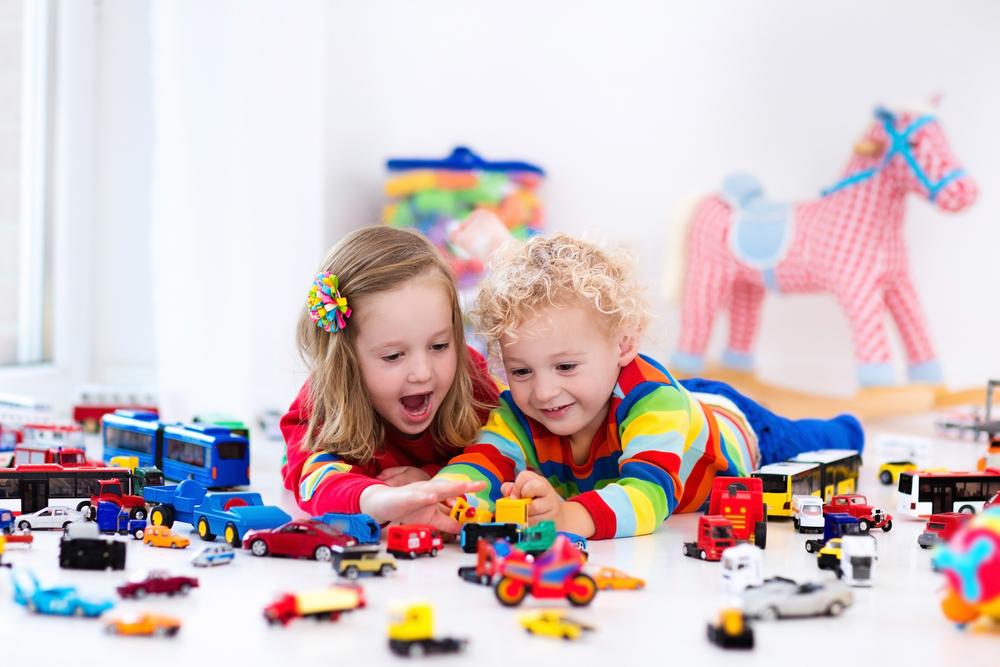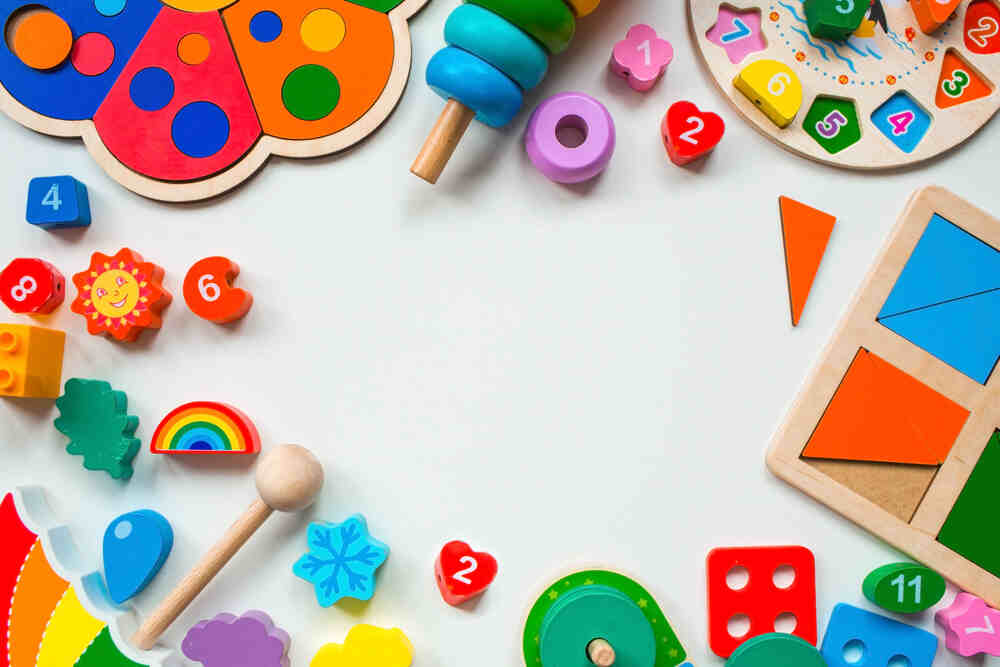Montessori toy rotation is grounded in the principles of Maria Montessori’s educational philosophy. This philosophy emphasizes hands-on learning, independence, and the importance of the child’s environment in their development. The concept involves regularly rotating the toys and materials available to a child to maintain their interest. It stimulates their curiosity and promotes various aspects of cognitive development. Let’s delve into the science behind Montessori toy rotation and how it enhances cognitive development.
Montessori Philosophy
Montessori education emphasizes child-led learning, where children engage in activities at their own pace and according to their interests. Emphasizing the importance of a prepared environment, where carefully chosen toys and materials actively promote learning and development.
Toy Rotation
In Montessori toy rotation, educators typically provide the child with a limited selection of developmentally appropriate toys or materials, chosen to promote specific skills or concepts.
Sensory Stimulation
Rotating toys introduces variety and novelty, which stimulates the child’s senses. Different textures, colors, shapes, and sounds engage different sensory pathways in the brain, promoting sensory integration and cognitive development.
Attention and Focus
By limiting the number of toys available, toy rotation helps children focus their attention on one task or activity at a time. This promotes concentration and attention span, which are important skills for learning and academic success.
Problem-Solving Skills
Montessori toys are often designed to be open-ended, meaning they can be used in multiple ways and encourage experimentation and problem-solving. Rotating these toys allows children to explore new challenges and develop their problem-solving skills.
Creativity and Imagination
With a limited selection of toys, children are encouraged to use their imagination and creativity to make the most of their playtime. They learn to think outside the box and create their games and scenarios, which fosters creativity and imaginative thinking.
Independence and Self-Regulation
Montessori education emphasizes independence and self-regulation, and toy rotation supports these goals by giving children control over their play environment. They learn to make choices about which toys to play with and how to engage with them, developing autonomy and self-confidence in the process.
Language and Communication
Many Montessori toys and materials are designed to promote language development. Some examples are puzzles with labeled pieces or books with simple stories. Rotating these toys ensures that children experience a variety of language-rich interactions, actively supporting the development of their language and communication skills.
Social Skills
While Montessori education often focuses on individual learning, toy rotation can also support the development of social skills. For example, when children engage in cooperative play with siblings or peers, they learn important social skills such as sharing, taking turns, and collaborating.
What Research Says:
While there may not be extensive research specifically on Montessori toy rotation, studies on related topics provide evidence supporting its effectiveness:
- The study from the University of Toledo suggests that with fewer toys, children engage in deeper and more creative play. (Source)
- Research in Child Development highlights toy selection’s role in children’s sustained attention, emphasizing environmental factors. (Source).
Overall
Montessori toy rotation is based on principles of child development. It is a source of learning theory, aiming to provide children with rich, stimulating experiences that support their cognitive, emotional, and social skills.
